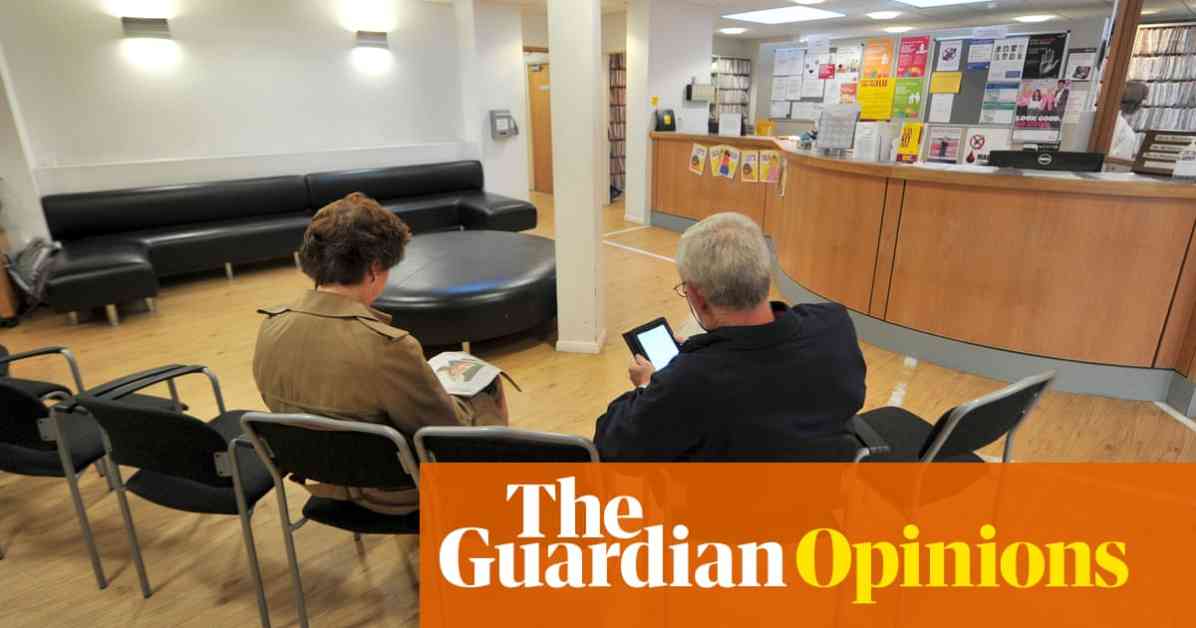General practitioners (GPs) in England have recently made a bold move by initiating industrial action for the first time in six decades. This decision comes after an overwhelming 98.3% of GPs voted in favor of collective action against the meager 1.9% budget increase allocated to practices by the previous government.
The primary concern driving this industrial action is not solely about pay but rather the funding needed to sustain a service that delivers up to 90% of all healthcare in the country. The budget share for GPs has dwindled to 8.4%, the lowest in eight years, despite promises made by the government in 2019 to recruit an additional 6,000 GPs. However, the number of GPs has instead decreased, while their workload has increased significantly by 20%.
The current situation is exacerbated by the fact that England spends less on healthcare and has fewer doctors per capita compared to other EU15 countries. This disparity has led to mounting pressure on hospitals, resulting in a transfer of patients back to GPs for primary care, including treatments for diabetes, mental health, and other specialized services. As a result, GPs are now faced with a heavier workload and a growing number of patients in need of care.
The industrial action proposed by the British Medical Association (BMA) includes key demands for a new contract that accurately reflects the responsibilities and challenges faced by GPs today. This includes addressing the outdated funding formula that neglects to account for deprivation in certain areas, hindering efforts to achieve high vaccination and smoking cessation rates.
Dr. Katie Bramall-Stainer, chair of the BMA GPs committee, emphasizes the urgent need for a shift in funding from hospitals to community-based services. She advocates for a 1% annual funding reallocation over the next five years to ensure that primary care receives the necessary resources to provide quality healthcare.
Despite the government’s acknowledgment of the need for reform and a commitment to addressing these issues, tensions remain high as GPs express their frustration and desperation for change. The looming threat of a potential strike serves as a distress signal rather than a definitive course of action, highlighting the severity of the situation faced by GPs in England.
While both parties are seemingly aligned in their goals for healthcare reform, the path to a resolution is likely to be challenging and protracted. The history of industrial action by GPs serves as a reminder of the complexities involved in negotiating a new contract that adequately supports the evolving needs of primary care providers.
As the debate continues and discussions unfold, the fate of England’s healthcare system hangs in the balance. Both GPs and the government must work collaboratively to find common ground and implement sustainable solutions that prioritize the well-being of patients and healthcare providers alike.

















